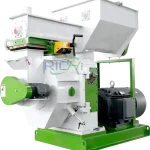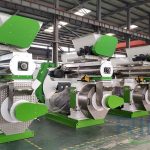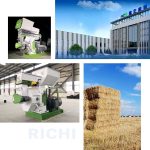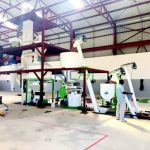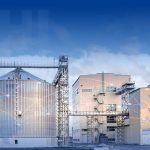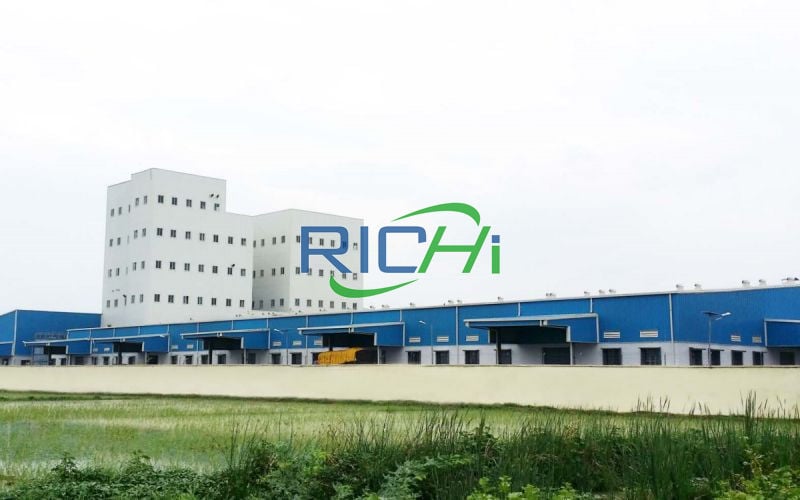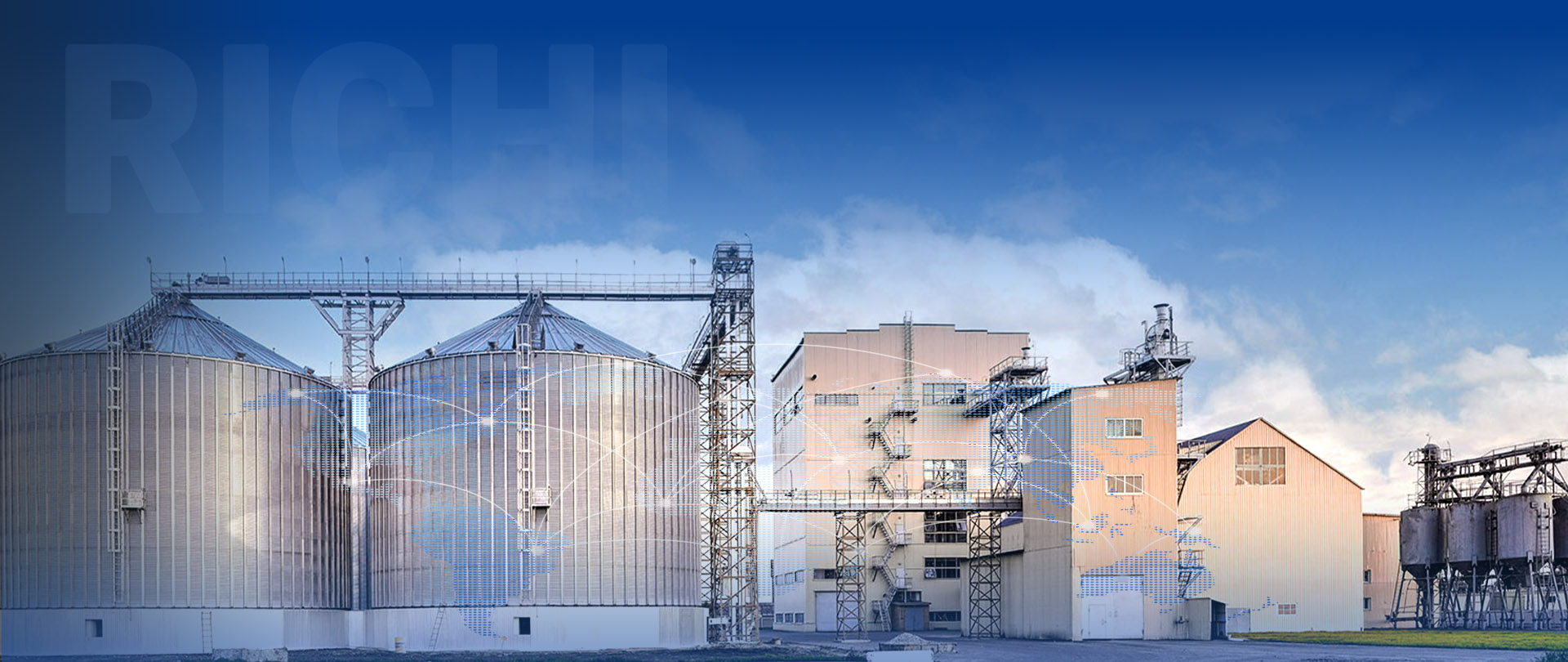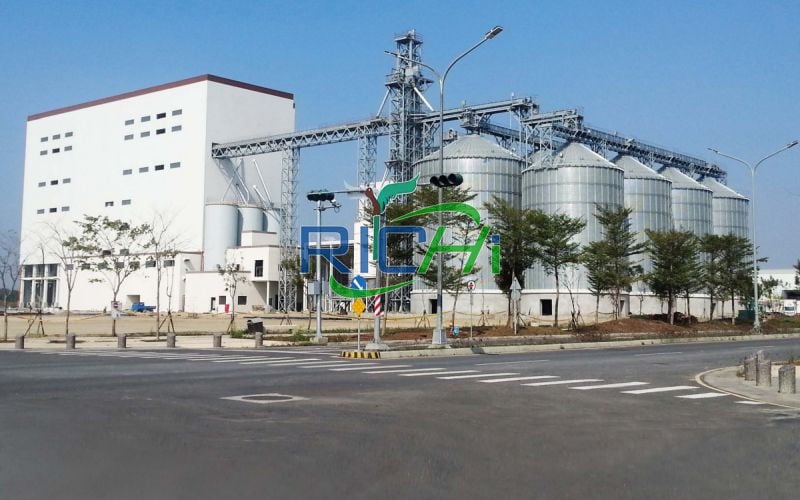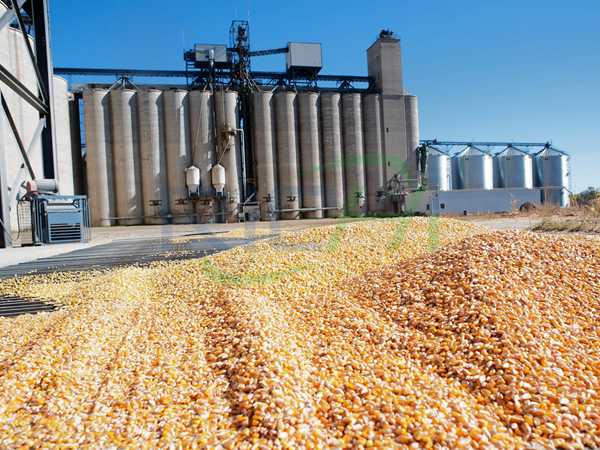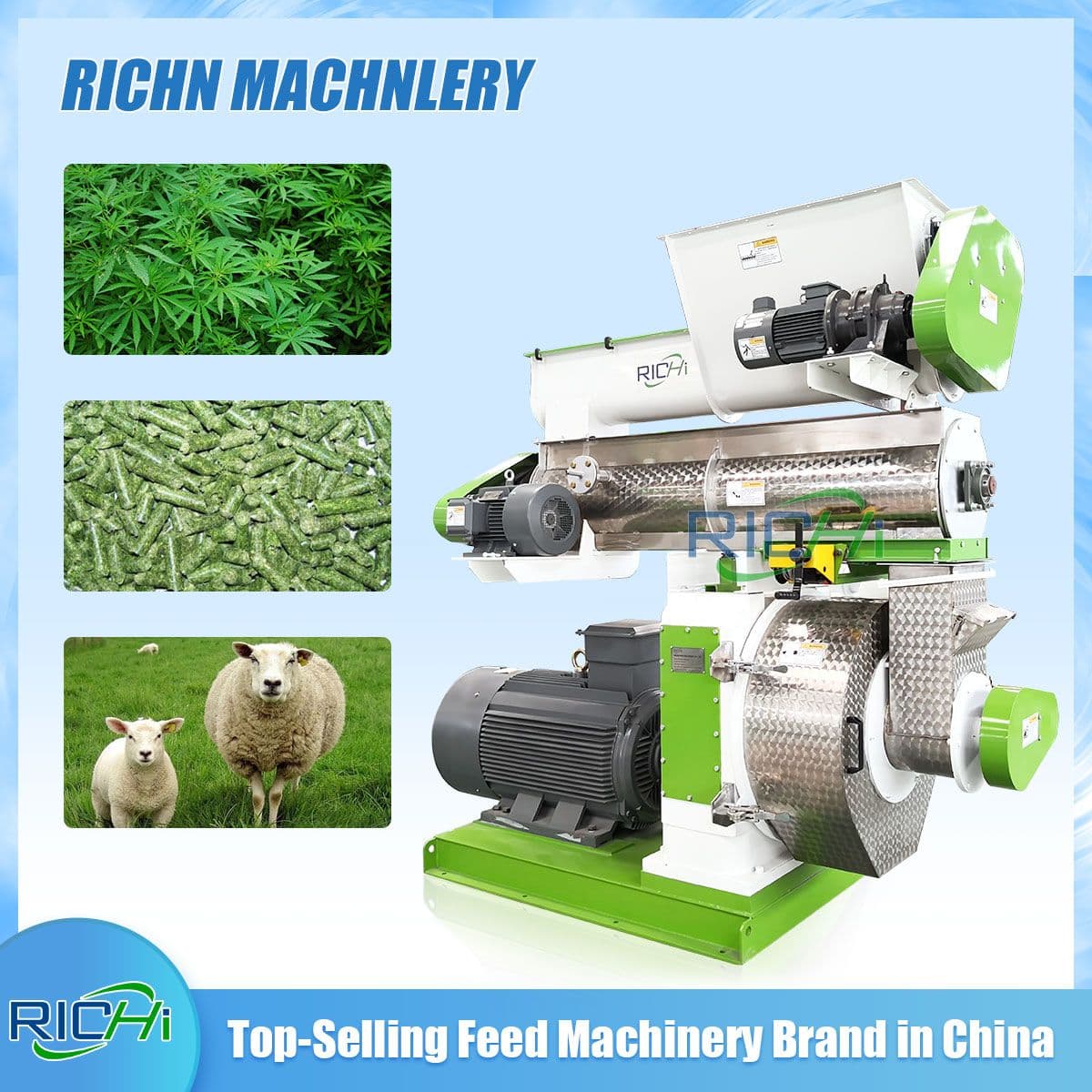Investing in a 5-10 tons per hour (t/h) pig feed mill involves significant expenditure on various types of equipment. While the primary goal is often to maximize production efficiency and profitability, the quality of the equipment also plays a crucial role in determining the overall quality of the feed produced. This article explores how the equipment costs of a 5-10t/h pig feed mill impact product quality and the long-term benefits of investing in high-quality machinery.
Key Equipment Components and Their Costs
The primary equipment required for a 5-10t/h pig feed mill includes:
- Raw Material Handling Equipment
- Grinding Equipment
- Mixing Equipment
- Pelleting Equipment
- Cooling and Drying Equipment
- Screening and Grading Equipment
- Packaging Equipment
- Auxiliary Equipment
Cost Allocation Breakdown
- Raw Material Handling Equipment
Raw material handling equipment is essential for the initial stages of feed production, including receiving, cleaning, and conveying raw materials.
- Components: Silos, storage bins, pre-cleaners, bucket elevators, and conveyors.
- Cost Allocation: Typically, raw material handling equipment accounts for 10-15% of the total equipment cost.
Example:
- Silos and storage bins: $50,000
- Pre-cleaners: $20,000
- Bucket elevators and conveyors: $30,000
- Total: $100,000
Impact on Product Quality: High-quality raw material handling equipment ensures that the feed ingredients are clean and free from contaminants, which is crucial for maintaining the nutritional value and safety of the final product.
- Grinding Equipment
Grinding equipment is used to reduce the size of raw materials, making them suitable for mixing and pelleting.
- Components: Hammer mills or pulverizers.
- Cost Allocation: Grinding equipment usually represents 10-15% of the total equipment cost.
Example:
- Hammer mills: $80,000
- Total: $80,000
Impact on Product Quality: Efficient grinding equipment ensures that the raw materials are ground to the appropriate size, which is essential for uniform mixing and pelleting. Consistent particle size improves feed digestibility and nutrient absorption in pigs.
- Mixing Equipment
Mixing equipment ensures that the ground raw materials are uniformly blended to create a consistent feed mixture.
- Components: Horizontal or vertical mixers.
- Cost Allocation: Mixing equipment typically accounts for 10-15% of the total equipment cost.
Example:
- Horizontal mixers: $90,000
- Total: $90,000
Impact on Product Quality: High-quality mixers ensure that all ingredients are evenly distributed throughout the feed, preventing nutrient imbalances and ensuring that each pellet contains the correct proportions of vitamins, minerals, and other nutrients.
- Pelleting Equipment
Pelleting equipment is the core of the feed production line, converting the mixed feed into pellets.
- Components: Pellet mills, conditioners, and pellet coolers.
- Cost Allocation: Pelleting equipment generally constitutes 25-30% of the total equipment cost.
Example:
- Pellet mills: $150,000
- Conditioners: $30,000
- Pellet coolers: $50,000
- Total: $230,000
Impact on Product Quality: Advanced pelleting equipment ensures that the feed pellets are of uniform size and density, which is important for feed intake and digestion in pigs. High-quality pellets reduce feed wastage and improve feed efficiency.
- Cooling and Drying Equipment
After pelleting, the feed pellets need to be cooled and dried to ensure they are stable and ready for storage or packaging.
- Components: Counter-flow coolers, drying systems.
- Cost Allocation: Cooling and drying equipment typically account for 10-15% of the total equipment cost.
Example:
- Counter-flow coolers: $50,000
- Drying systems: $40,000
- Total: $90,000
Impact on Product Quality: Efficient cooling and drying systems prevent the growth of mold and bacteria in the feed pellets, ensuring that the feed remains safe and of high quality during storage and transportation.
- Screening and Grading Equipment
Screening and grading equipment is used to separate fines and ensure that the feed pellets meet the desired size specifications.
- Components: Rotary grading sieves, vibrating screens.
- Cost Allocation: Screening and grading equipment usually represents 5-10% of the total equipment cost.
Example:
- Rotary grading sieves: $30,000
- Vibrating screens: $20,000
- Total: $50,000
Impact on Product Quality: High-quality screening and grading equipment ensures that only pellets of the correct size and quality are packaged and sold, reducing the risk of feed rejection and improving customer satisfaction.
- Packaging Equipment
Packaging equipment is essential for preparing the finished feed pellets for storage, transportation, and sale.
- Components: Bagging machines, palletizers.
- Cost Allocation: Packaging equipment typically accounts for 5-10% of the total equipment cost.
Example:
- Bagging machines: $40,000
- Palletizers: $20,000
- Total: $60,000
Impact on Product Quality: Efficient packaging systems protect the feed pellets from contamination and damage during storage and transportation, ensuring that the feed reaches the end user in optimal condition.
- Auxiliary Equipment
Auxiliary equipment includes various supporting systems that ensure the smooth operation of the feed mill.
- Components: Dust collection systems, boilers for steam generation, electrical control systems.
- Cost Allocation: Auxiliary equipment generally constitutes 10-15% of the total equipment cost.
Example:
- Dust collection systems: $30,000
- Boilers: $50,000
- Electrical control systems: $40,000
- Total: $120,000
Impact on Product Quality: High-quality auxiliary equipment, such as dust collection systems, improves the working environment and reduces the risk of contamination, contributing to the overall quality and safety of the feed.
Total Equipment Cost Allocation
Summarizing the cost allocation for all the equipment components, we get:
- Raw Material Handling Equipment: $100,000
- Grinding Equipment: $80,000
- Mixing Equipment: $90,000
- Pelleting Equipment: $230,000
- Cooling and Drying Equipment: $90,000
- Screening and Grading Equipment: $50,000
- Packaging Equipment: $60,000
- Auxiliary Equipment: $120,000
Total Equipment Cost: $820,000
Long-Term Benefits of Investing in High-Quality Equipment
- Consistent Product Quality
Investing in high-quality equipment ensures consistent production processes, leading to uniform and high-quality feed pellets. Consistent product quality is crucial for maintaining the health and productivity of pigs, which directly impacts the profitability of pig farming operations.
- Reduced Waste and Rework
High-quality equipment minimizes the risk of production errors and reduces the amount of waste and rework required. This not only improves production efficiency but also reduces the overall cost of production.
- Enhanced Nutritional Value
Advanced grinding, mixing, and pelleting equipment ensure that the feed retains its nutritional value throughout the production process. This is essential for meeting the dietary needs of pigs and ensuring optimal growth and health.
- Improved Feed Safety
Investing in equipment with advanced dust collection and emission control systems reduces the risk of contamination and improves feed safety. This is important for complying with regulatory standards and ensuring the health of the animals.
- Customer Satisfaction and Brand Reputation
Consistently producing high-quality feed pellets enhances customer satisfaction and builds a strong brand reputation. Satisfied customers are more likely to become repeat buyers and recommend the feed to others, driving sales and profitability.
Conclusion
The equipment costs of a 5-10t/h pig feed mill have a significant impact on the overall product quality. By investing in high-quality, efficient equipment, feed mill operators can ensure consistent production processes, reduce waste, enhance the nutritional value of the feed, and improve feed safety. While the initial investment may be higher, the long-term benefits in terms of product quality, customer satisfaction, and profitability make it a worthwhile investment. As the demand for high-quality pig feed continues to grow, investing in top-tier equipment will position feed mills for success in a competitive market.
Related post: livestock feed production line

